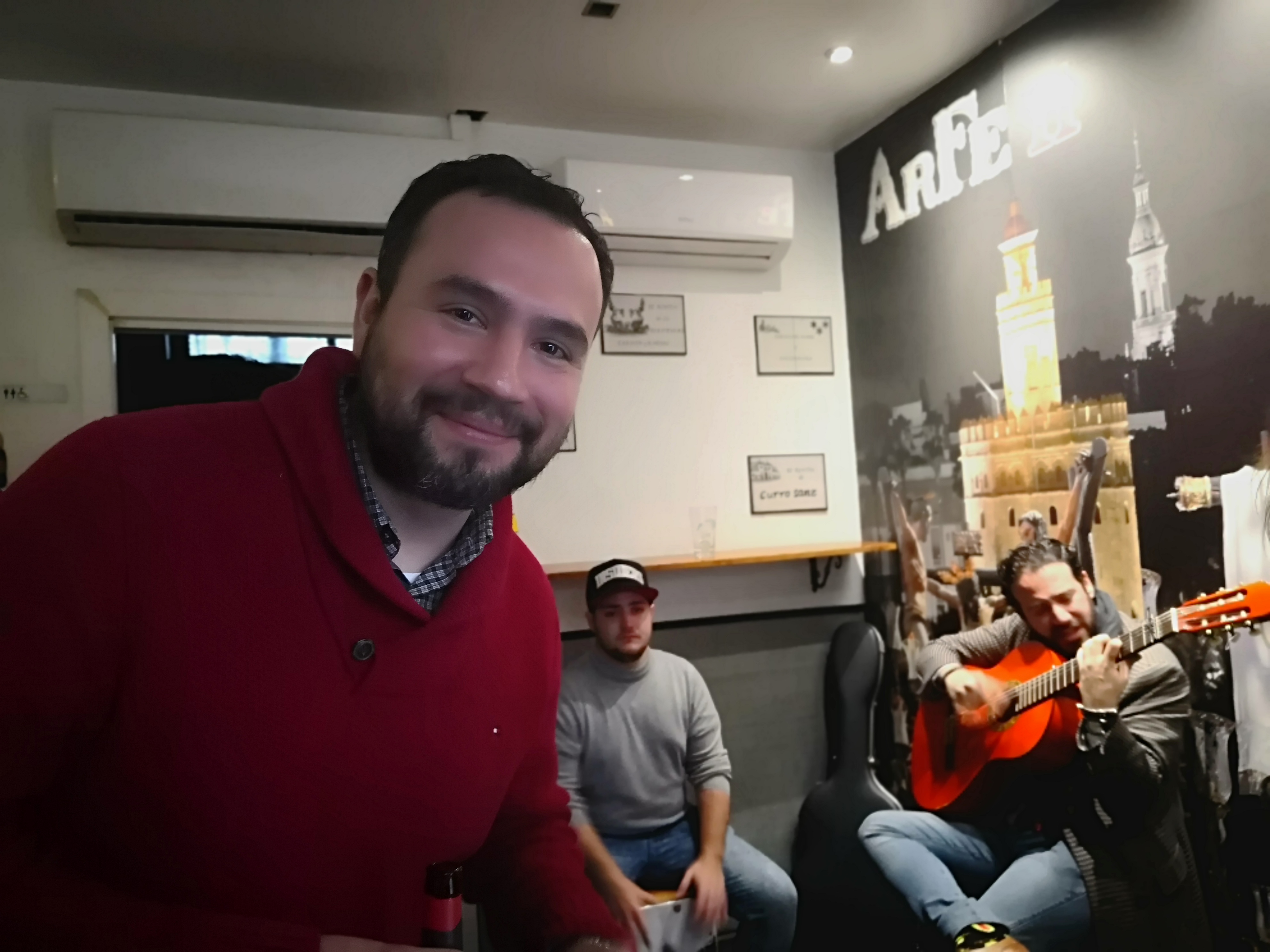
Pavel is spending a short stay at the Institute of Materials of Seville, modifying his freestanding electrodes by using plasma enhanced CVD. Above a picture of him enjoying traditional Andalusian music.


A. Jorge Sobrido´s Research Group
Advanced Energy Materials Group

Pavel is spending a short stay at the Institute of Materials of Seville, modifying his freestanding electrodes by using plasma enhanced CVD. Above a picture of him enjoying traditional Andalusian music.
Maria and Ana are spending this week at the LISE in Paris, performing electrochemical studies on electrospun carbon mats for energy storage applications using quartz microbalance, in collaboration with Dr. Ozlem Sel. Below some pictures of us doing some work and also enjoying great food and company.
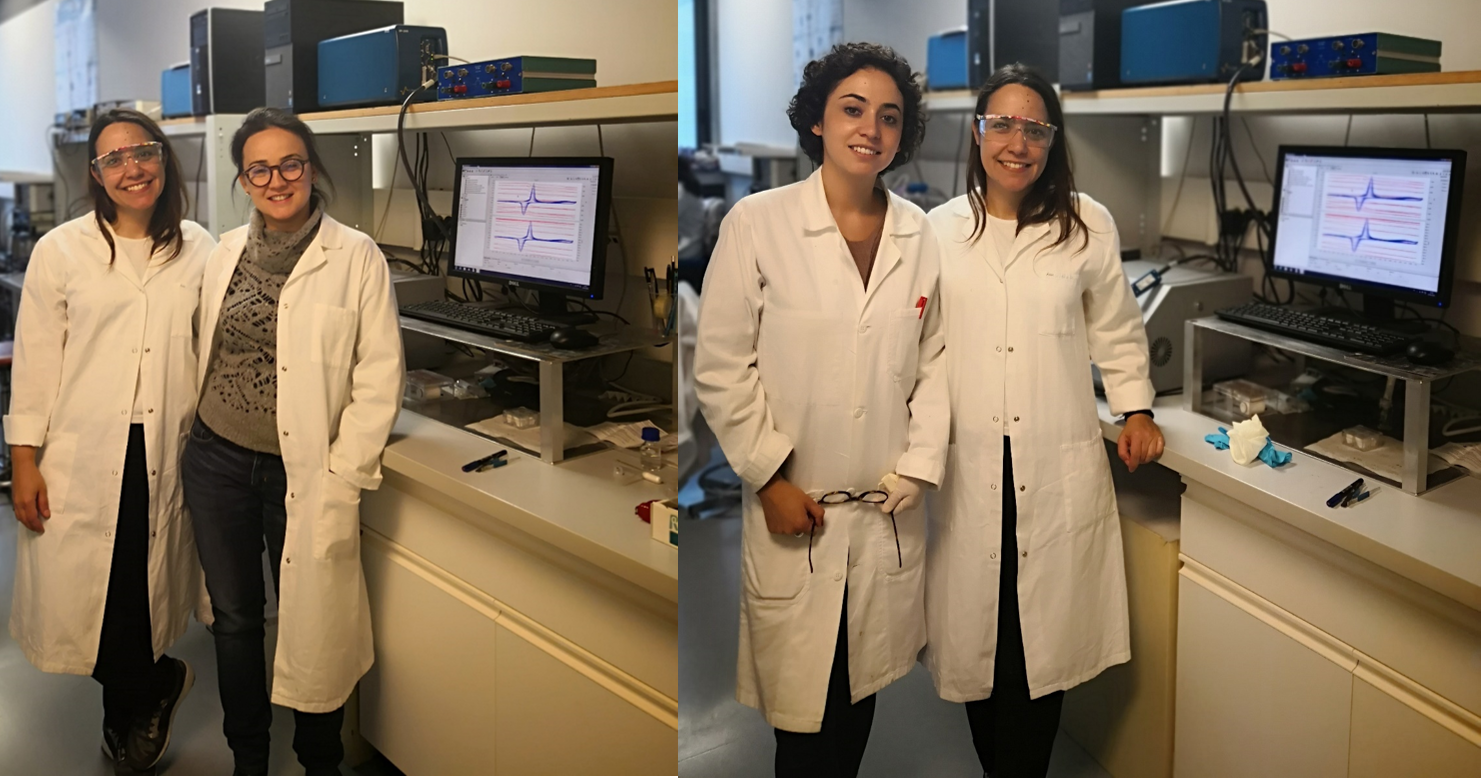
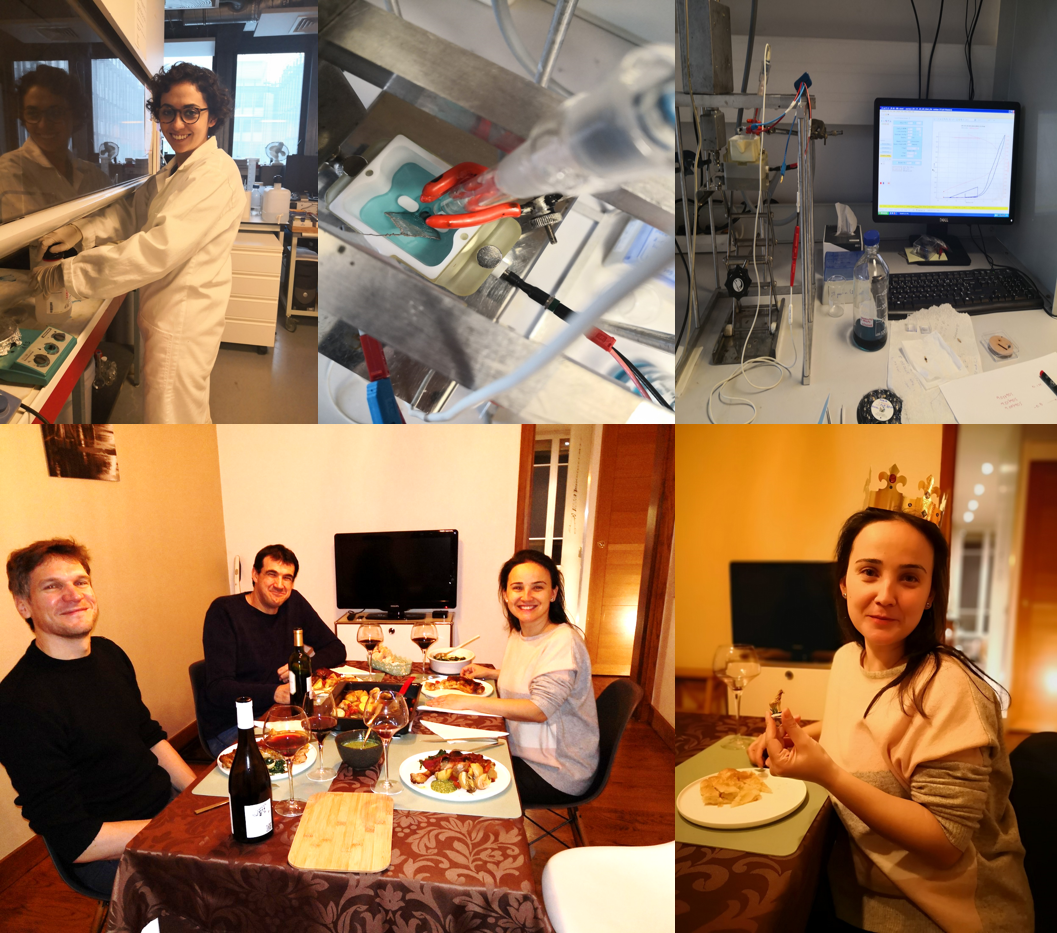
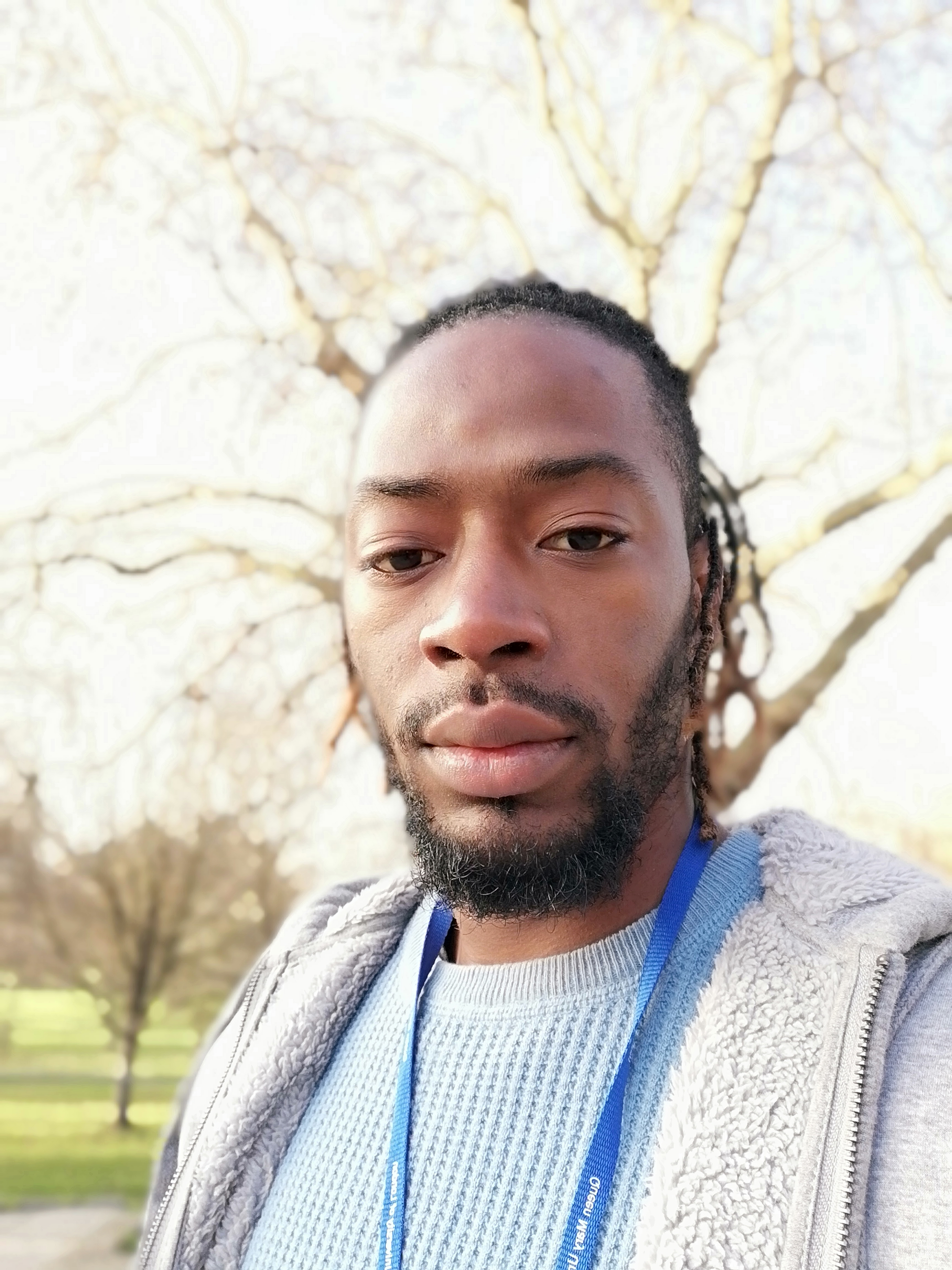
Welcome Carlos! Carlos has just joined our group to conduct his PhD project. He will be working on hybrid spin selective chiral systems for electrocatalysis and photoelectrocatalysis applications. You can find more about him here.

We held the MRI Christmas Symposium on the 12th December 2018. It was a great success, with talks from different disciplines from Dentistry to Materials Science, Engineering, Chemistry and Physics. We also had a very interesting poster session, with plenty of fruitful discussions. Thanks to all that contributed to an amazing event and congratulations to the winners for the best talks and posters! Well done!
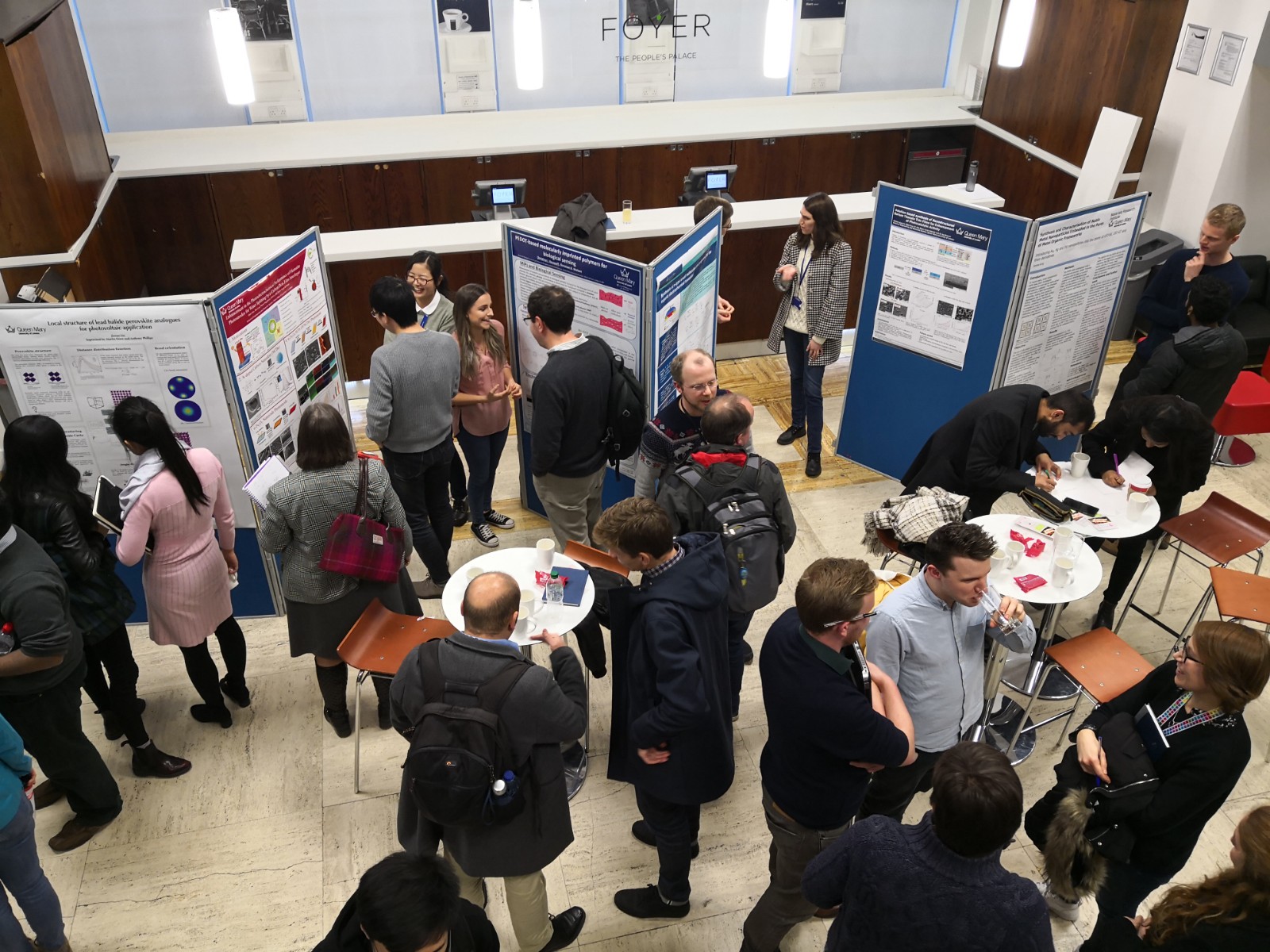
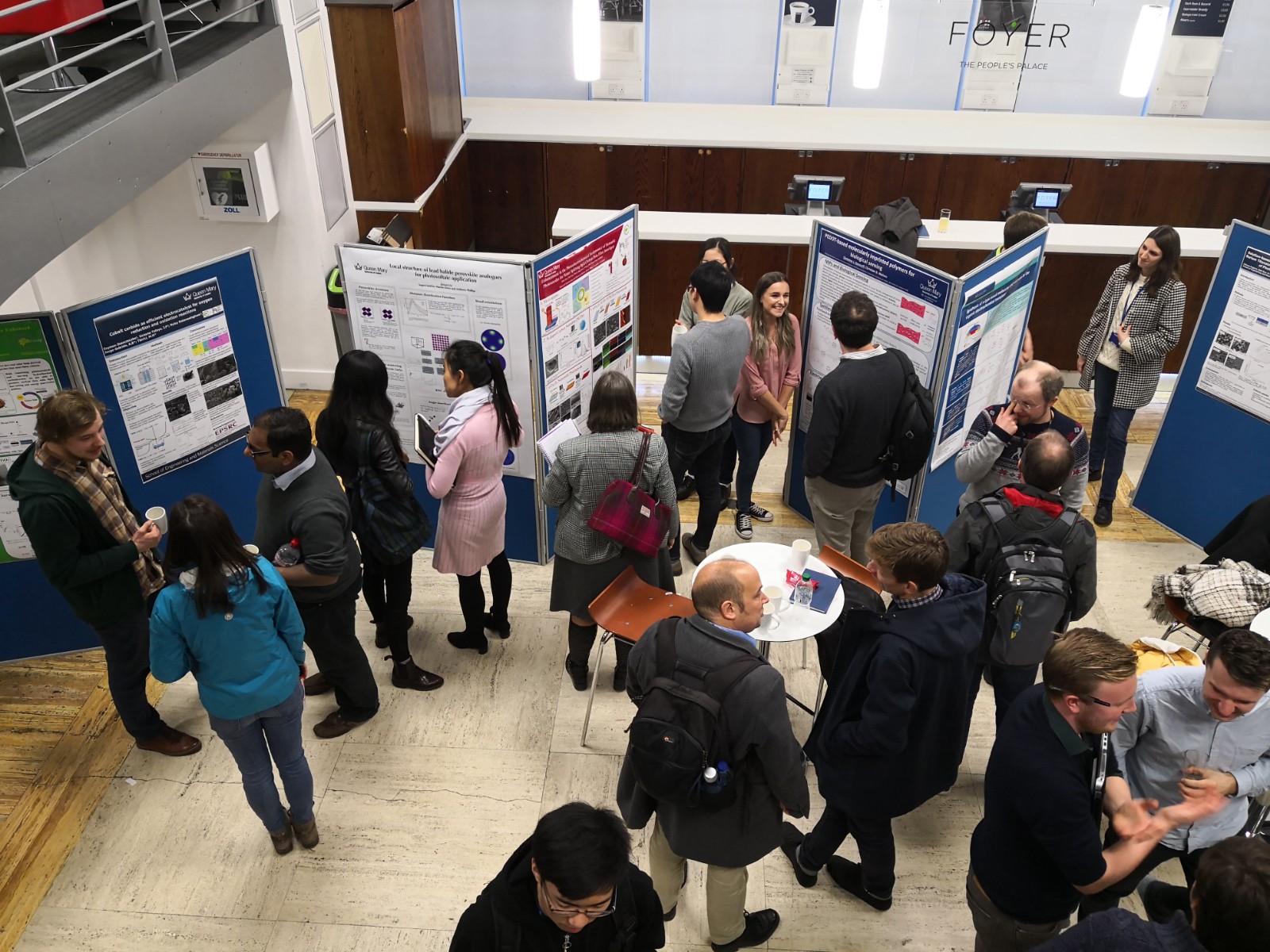
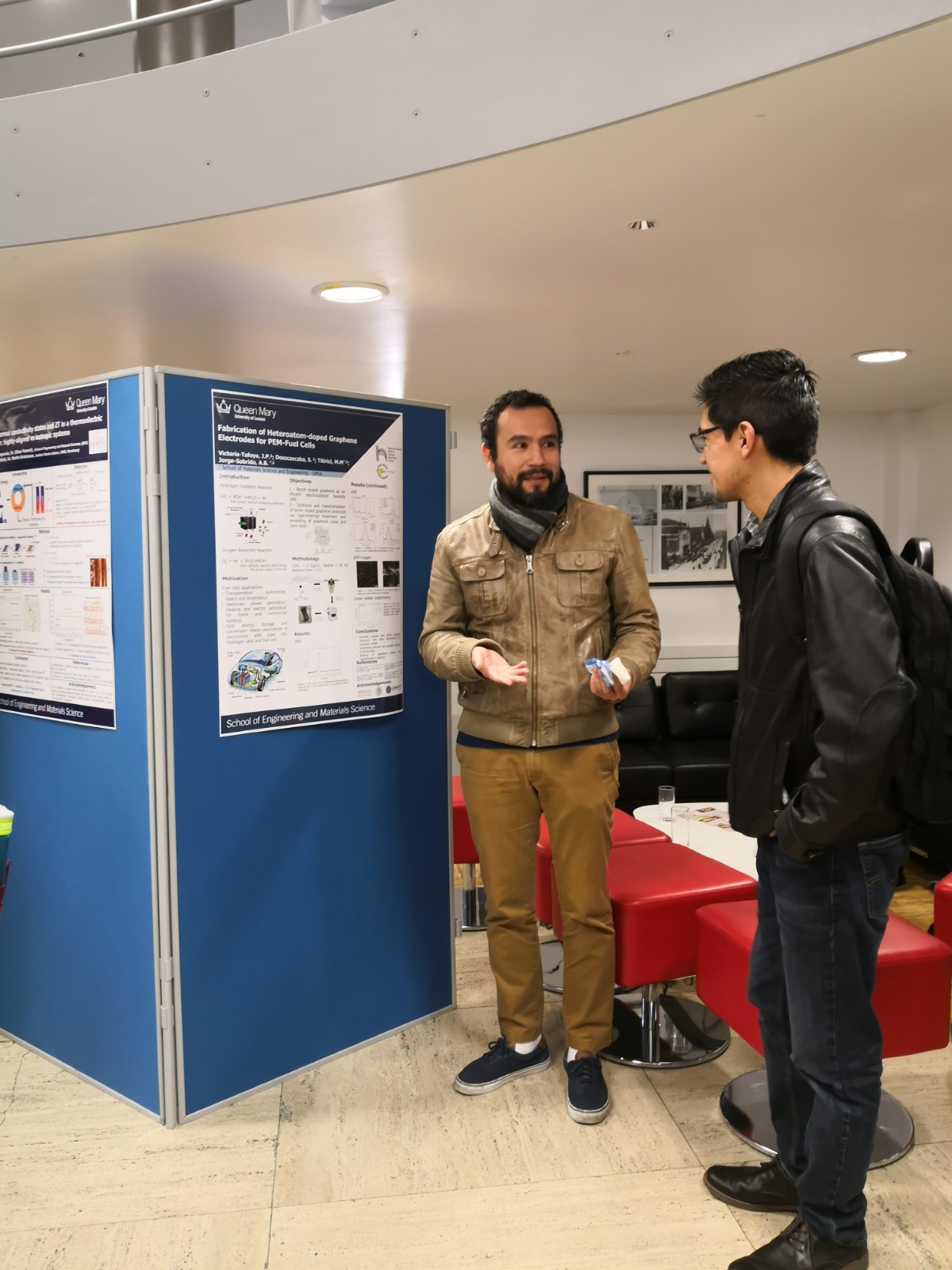
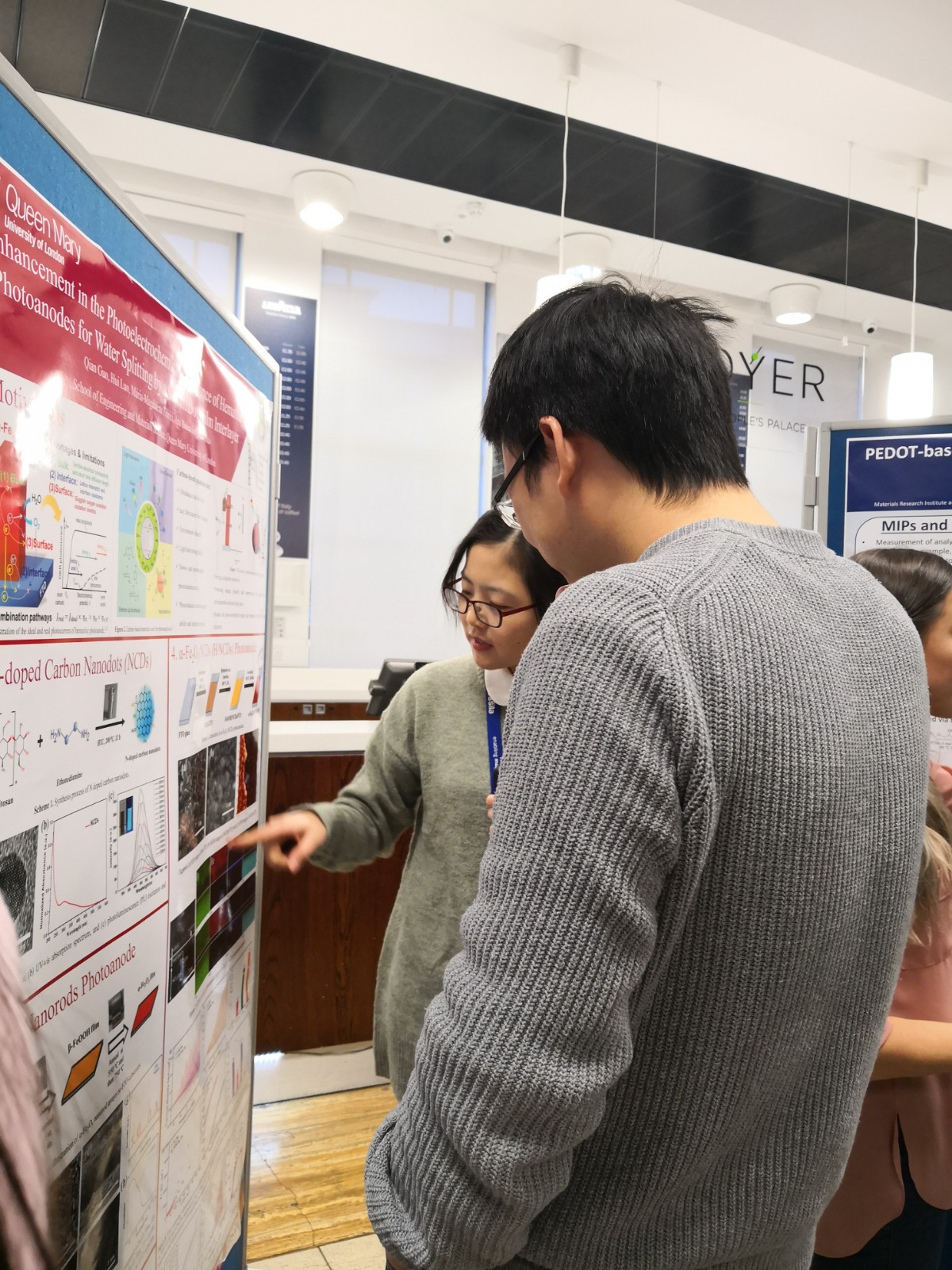

Arun has joined our group as a postdoc on oxygen bifunctional electrocatalysts. You can find more info about Arun here.
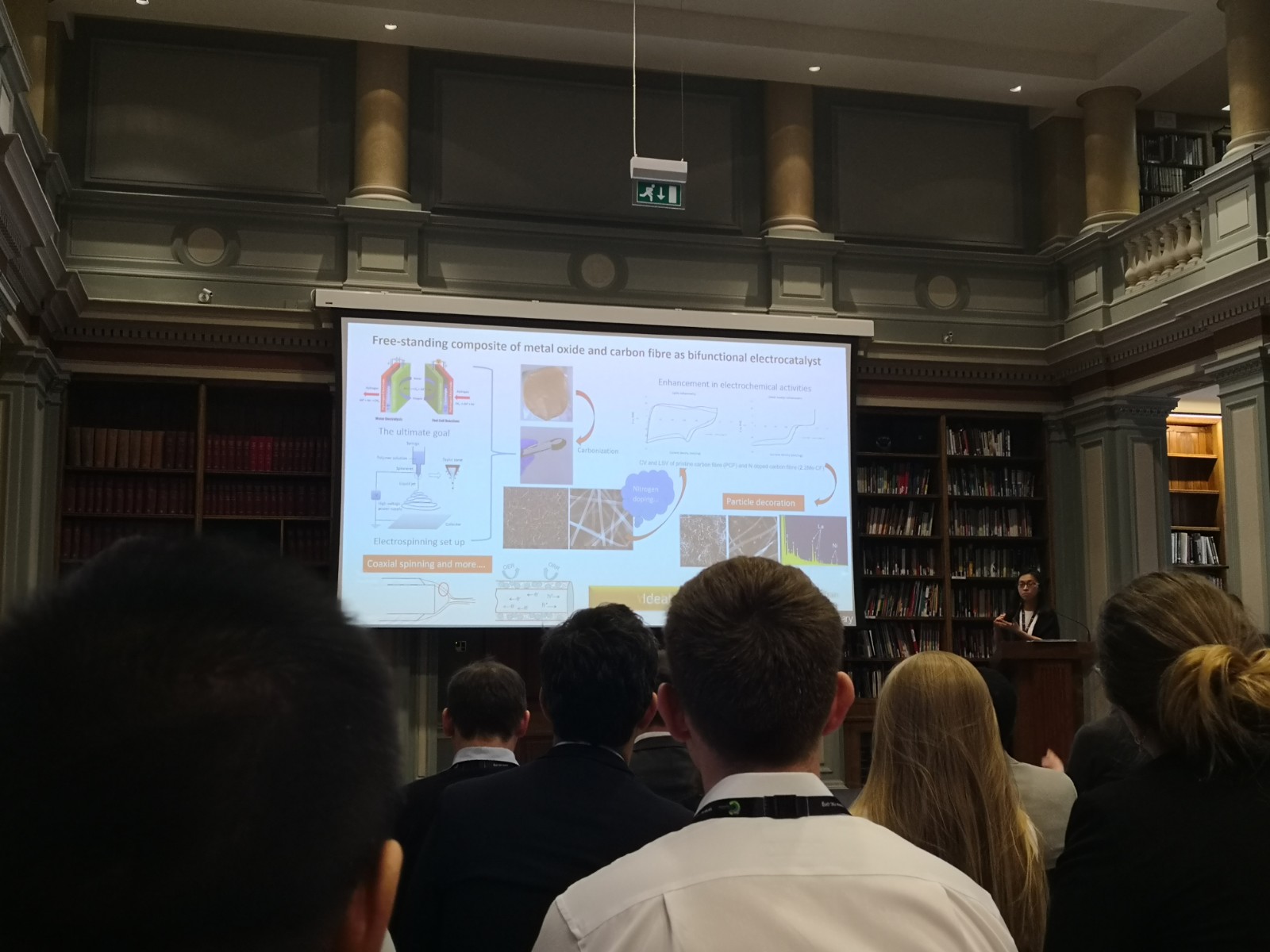

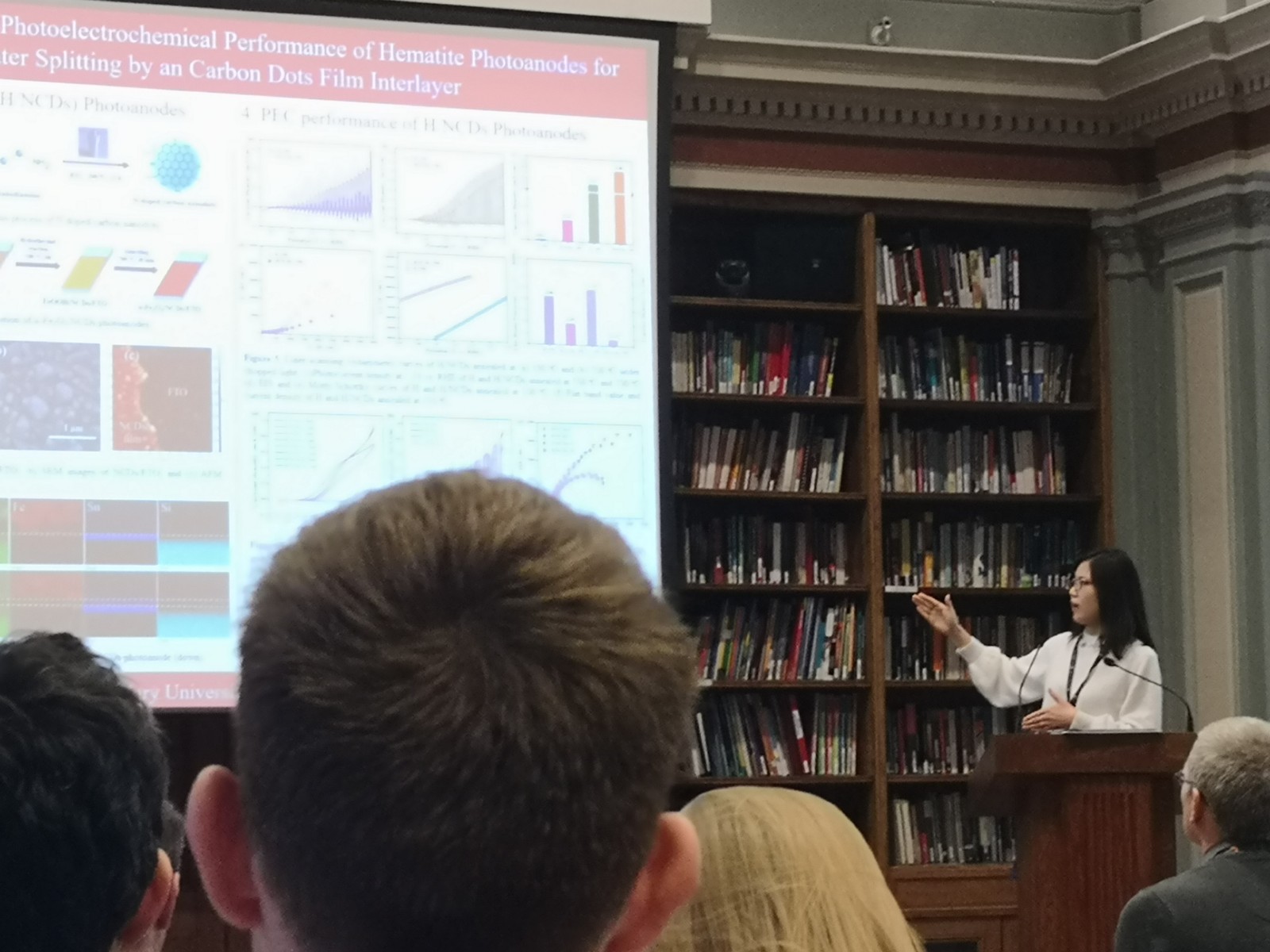
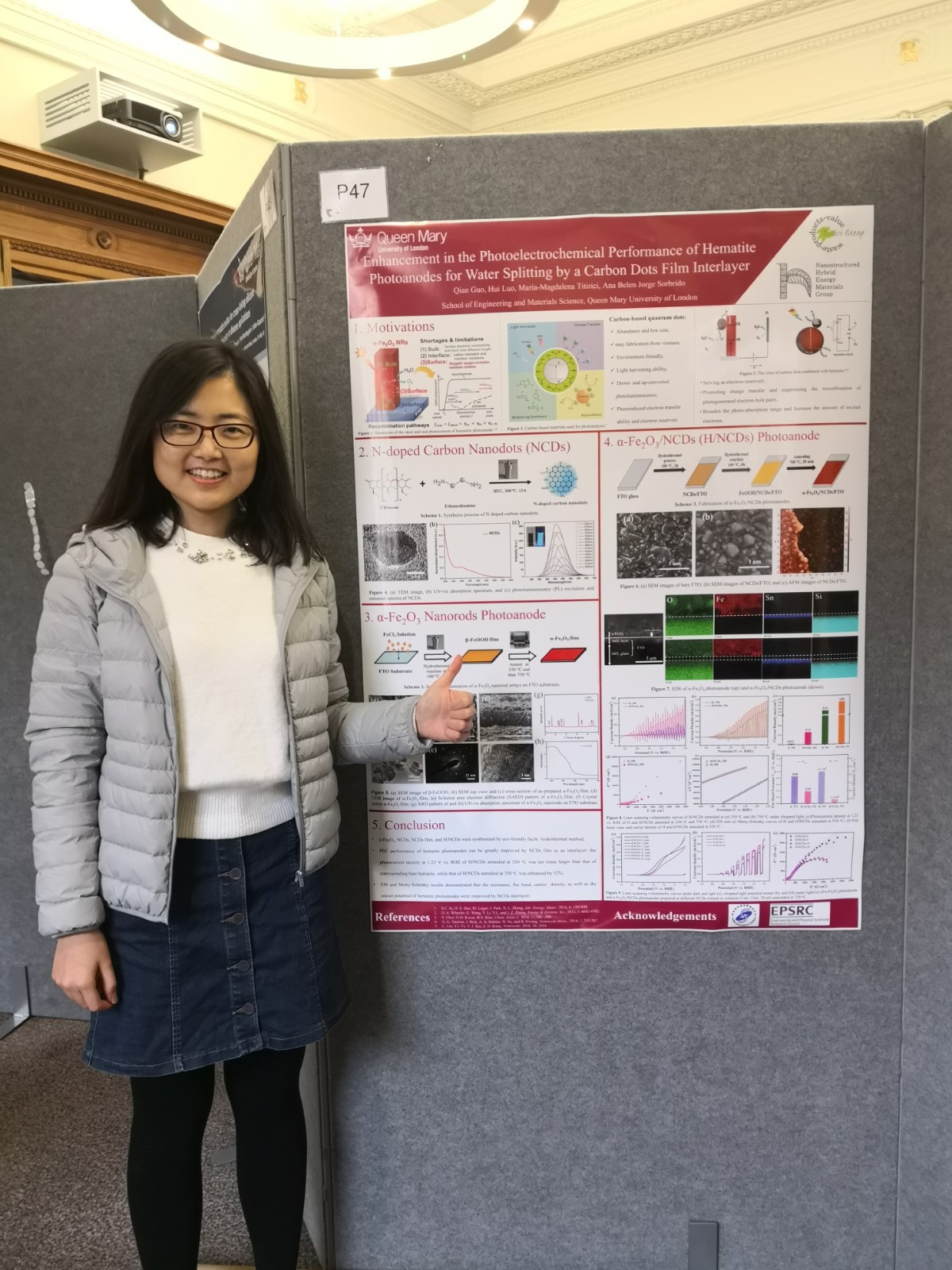
Linh and Qian presented their poster at the RSC Materials Chemistry Division Poster at Burlington House, London. Well done both!
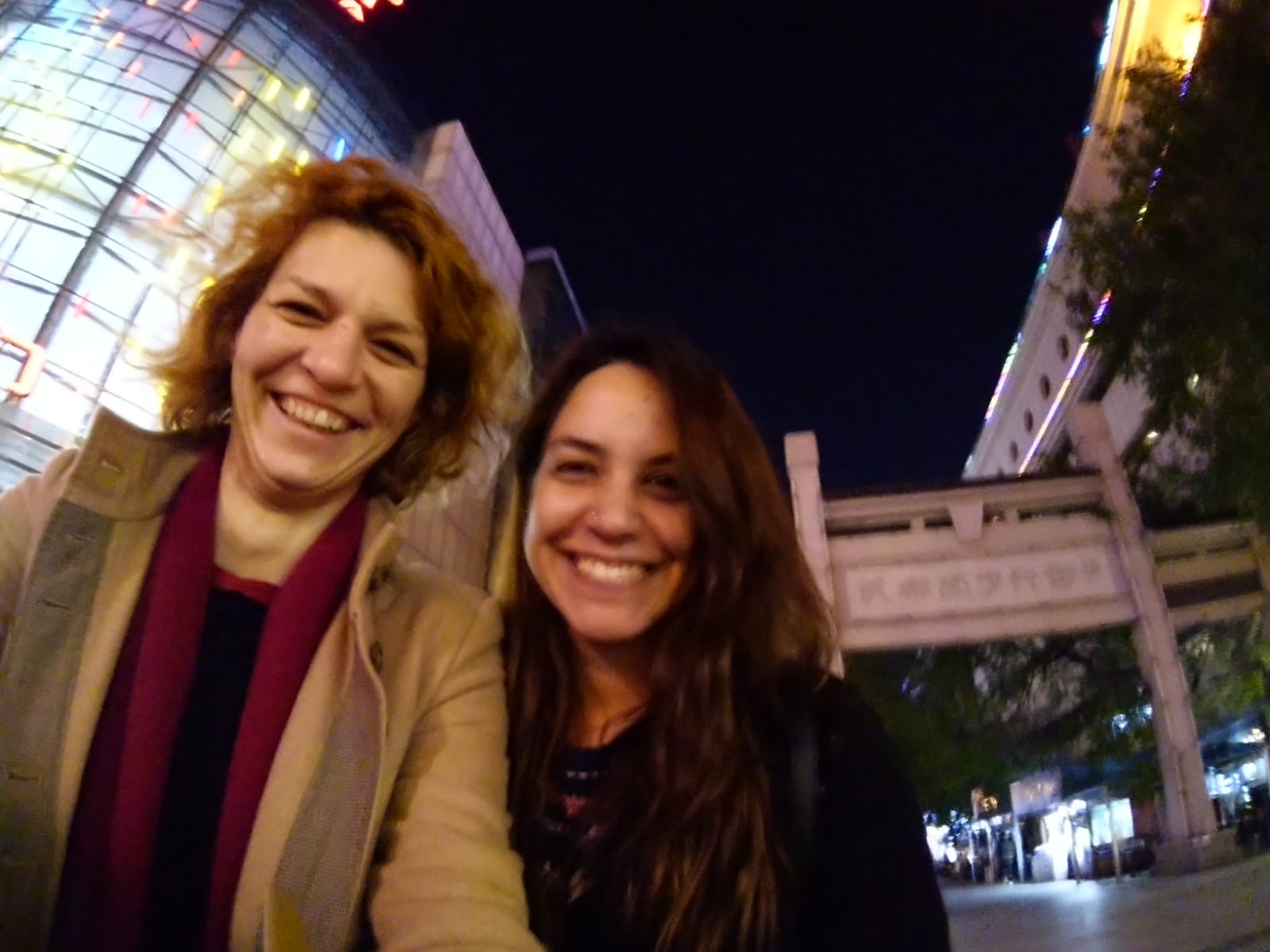
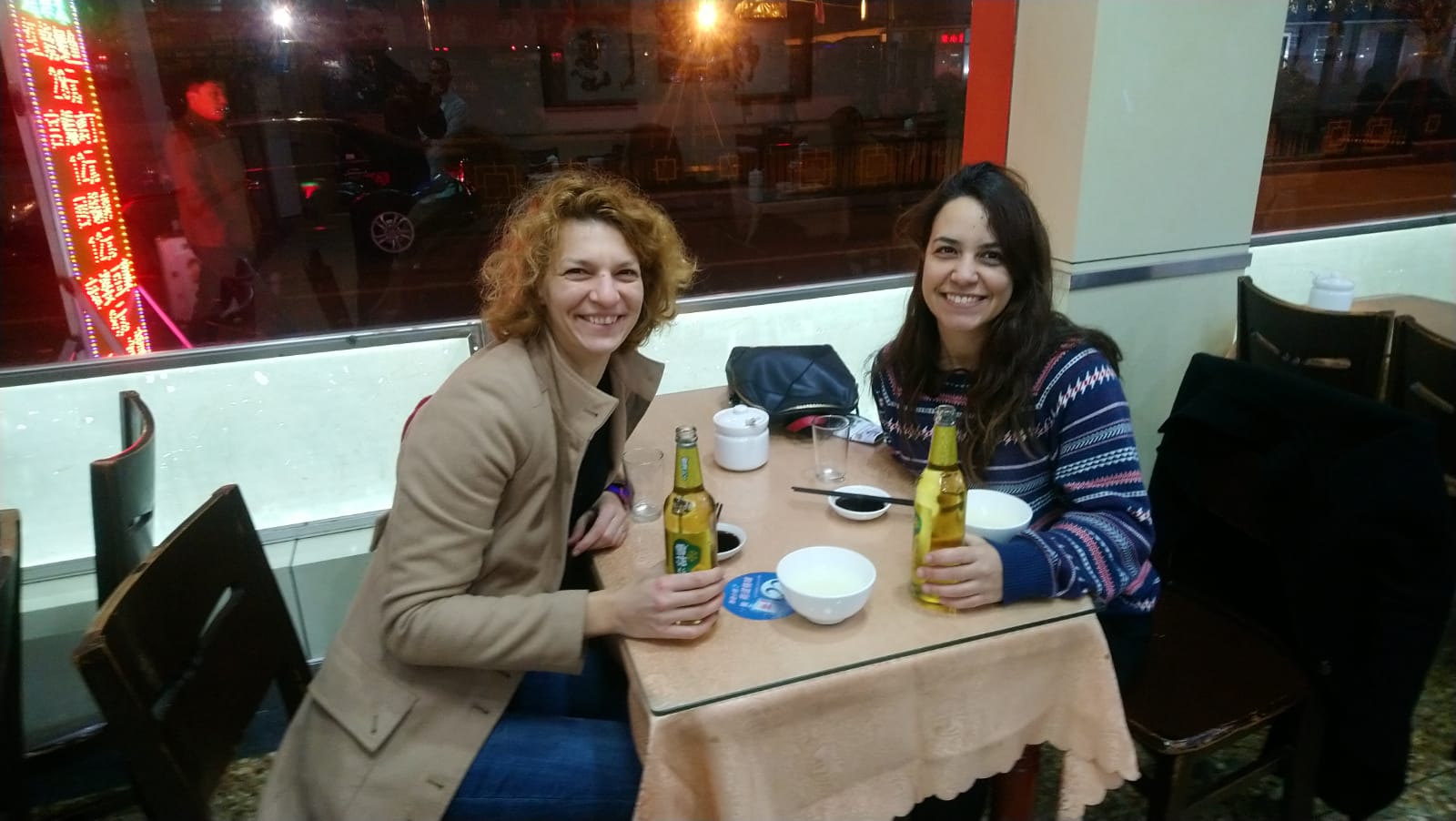
Ana visited NPU in Xi’an where she attended a workshop on thermoelectrics and met with Prof. Li, a collaborator on materials for photocatalysis applications. Above some pictures of Ana and Petra Szilagyi, in Xi’an old city and waiting for some dumplings.
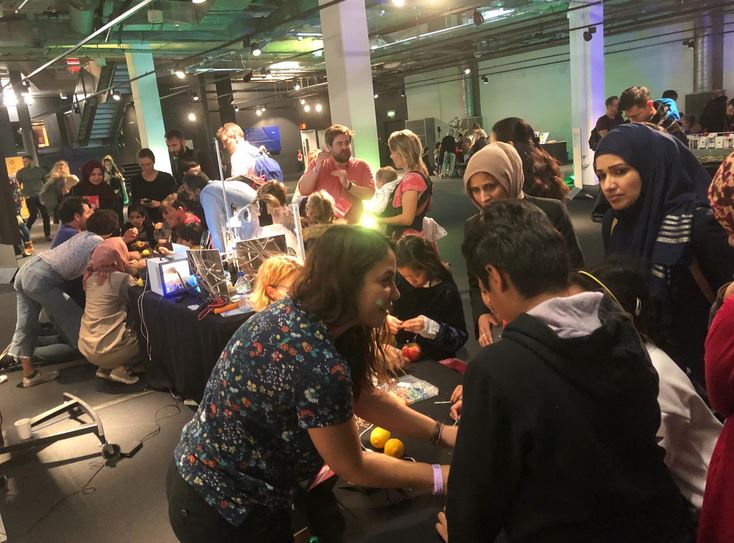
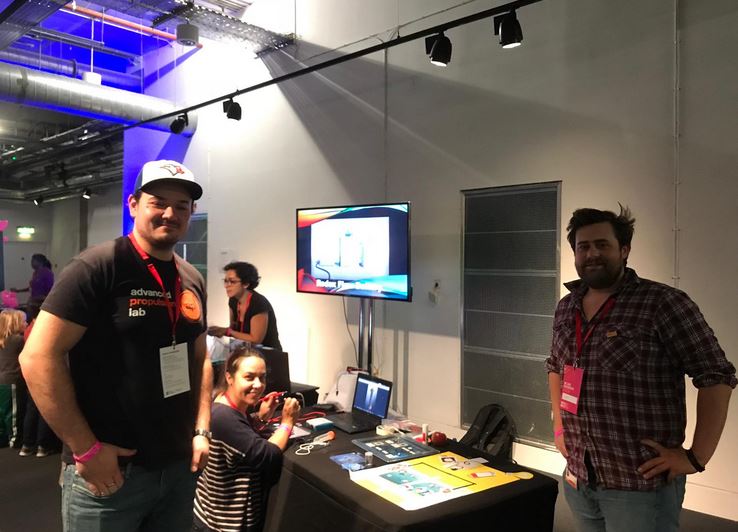
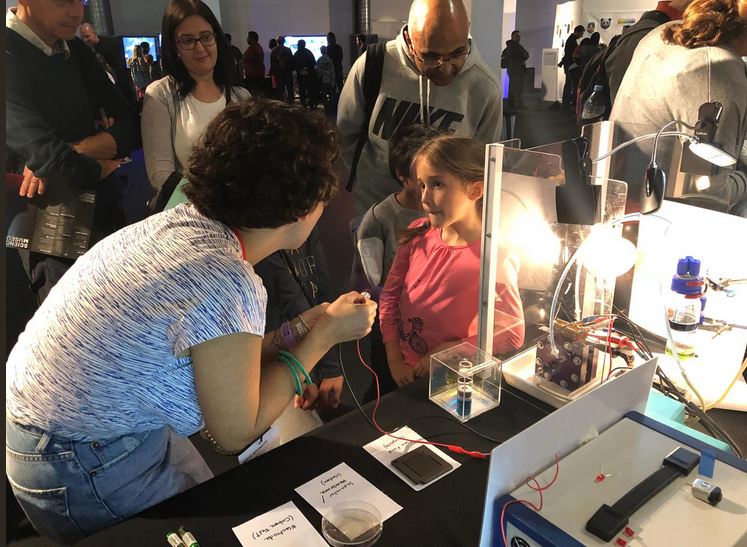
Thank you all for a great weekend at the Science Museum of London at the We are Engineers Family Festival, last weekend, sharing with everyone the wonders of batteries 🙂
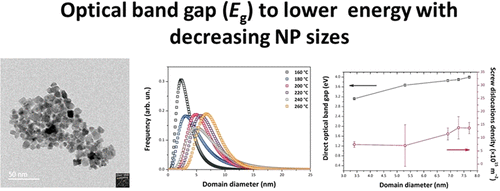

Ana participated in the N.I.C.E. Conference, held during the 14th to 17th October 2018 in Nice. She gave a talk on biomass-derived electrodes for supercapacitor applications and redox flow batteries.